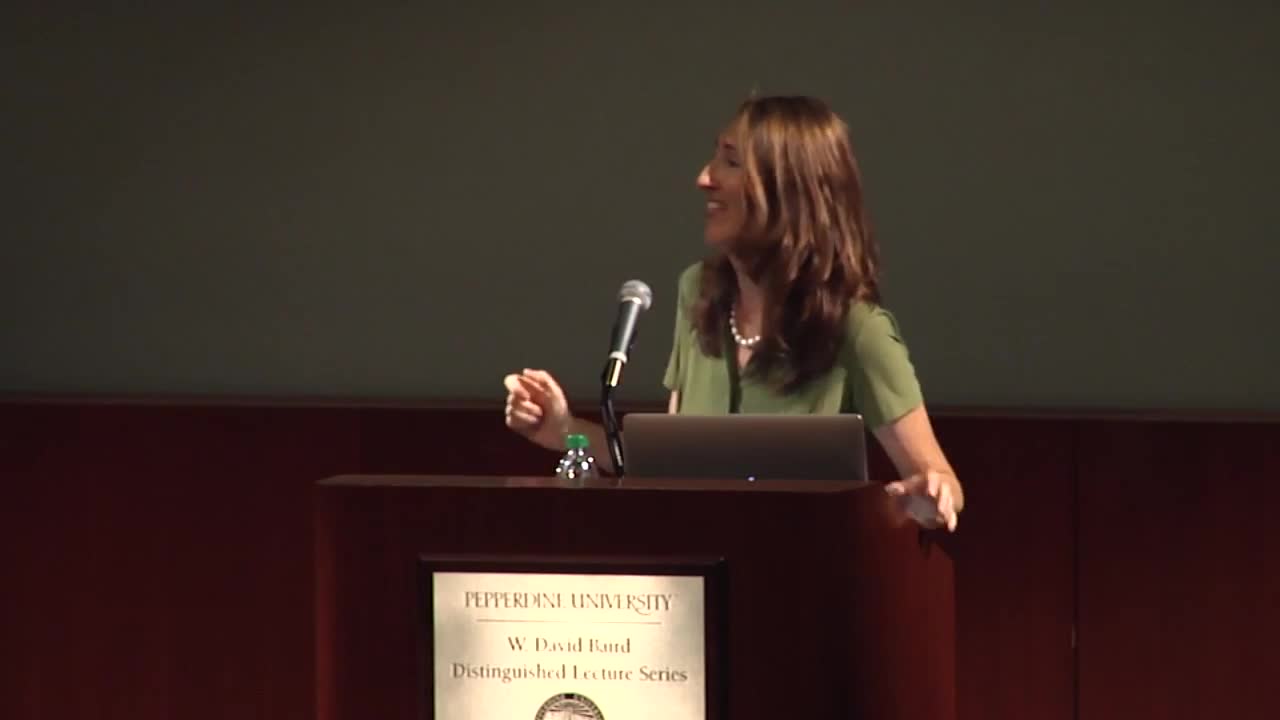Psychology
What is Edgar H. Schein's approach to effective career counseling?
According to Schein, effective career counseling requires learning how to match individual qualities with the environment where one plans to work. He views career counseling fundamentally as a matching problem between a person's values and what their potential workplace values and affords. This approach is particularly valuable for PhD students entering faculty roles, as it emphasizes understanding both institutional culture and one's own career anchors. By identifying personal priorities such as autonomy or security and matching them with organizational values, individuals can make more informed career decisions that lead to fulfillment and professional success.
Watch clip answer (00:17m)Can AI eventually surpass human abilities in decision-making and judgment?
According to Daniel Kahneman, there's no reason to set limits on what AI can achieve. He argues that humans are inherently inconsistent and 'noisy' in their judgments - given the same stimulus twice, people rarely produce the same response. This variability is a fundamental limitation of human decision-making. Kahneman points to research showing that simple algorithmic models can outperform human experts by eliminating noise. For instance, formulas that predict clinicians' judgments often make better predictions than the clinicians themselves. As AI development accelerates faster than expected, these advantages will likely become more pronounced. Rather than viewing judgment as uniquely human, Kahneman suggests AI's noise-free consistency may ultimately make it better at evaluating outcomes and making choices - even choices aligned with human values.
Watch clip answer (04:28m)What are the different leadership styles and how do they impact workforce performance?
Daniel Goleman identifies six leadership styles, four with positive impacts and two with negative effects. The positive styles include: visionary (articulating motivational goals), coaching (helping people develop skills and reach career goals), affiliative (building social connections), and consensus-oriented (involving others in decisions). These styles create optimal emotional states for performance. The negative styles are pacesetting (leading by example but being overly critical) and command-and-control (coercive, sometimes involving anger or humiliation). Goleman emphasizes that a leader's primary responsibility is to create an emotional environment that helps people perform at their best, as the leader's emotional state significantly impacts the entire team.
Watch clip answer (02:51m)What does research show about the effects of social media on happiness?
Dr. Lyubomirsky explains that research on social media's impact on happiness shows mixed results. For people with unique conditions or challenges (like having a disabled child or being shy), online communities can be extremely beneficial by providing support and connection. However, studies also indicate that social media use can increase feelings of depression, as people tend to share only positive highlights of their lives, leading others to make unfavorable comparisons. The effects largely depend on how social media is used rather than simply whether it's used. Dr. Lyubomirsky emphasizes that moderation is key – invoking Aristotle's concept of the 'golden mean' – suggesting that balanced technology use is essential for maintaining well-being.
Watch clip answer (01:45m)What is the reflective level of processing in design according to Don Norman?
According to Don Norman, the reflective level is the third level of processing in design, comparable to the superego. It functions as an observing part of the brain that doesn't directly control sensory input or muscle movement, but instead monitors our experiences and reactions. This reflective component acts as an internal voice that provides commentary on our interactions, saying things like 'that's good' or 'that's better' and questioning our actions. While it lacks direct control over our behaviors, it serves as a critical evaluative mechanism that helps us process and make meaning of our experiences with design.
Watch clip answer (00:24m)How does happiness affect problem-solving and creative thinking?
According to Don Norman, when people are happy, their brains process information differently, making them more creative problem solvers. Psychologist Alice Ison demonstrated this in an experiment where students who received candy (making them slightly happier) were able to solve a challenging string-tying problem, while anxious students could not. Happiness triggers dopamine release in the prefrontal lobes, promoting breadth-first processing and out-of-the-box thinking. This enables more creative solutions and lateral thinking - the principle behind brainstorming sessions. Meanwhile, anxiety and fear cause depth-first processing, which helps with focus and meeting deadlines but limits creative thinking. This explains why pleasant experiences in design not only feel better but actually function better.
Watch clip answer (00:02m)



